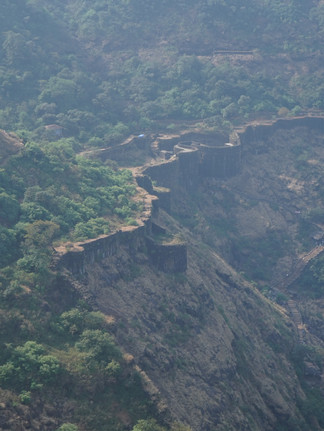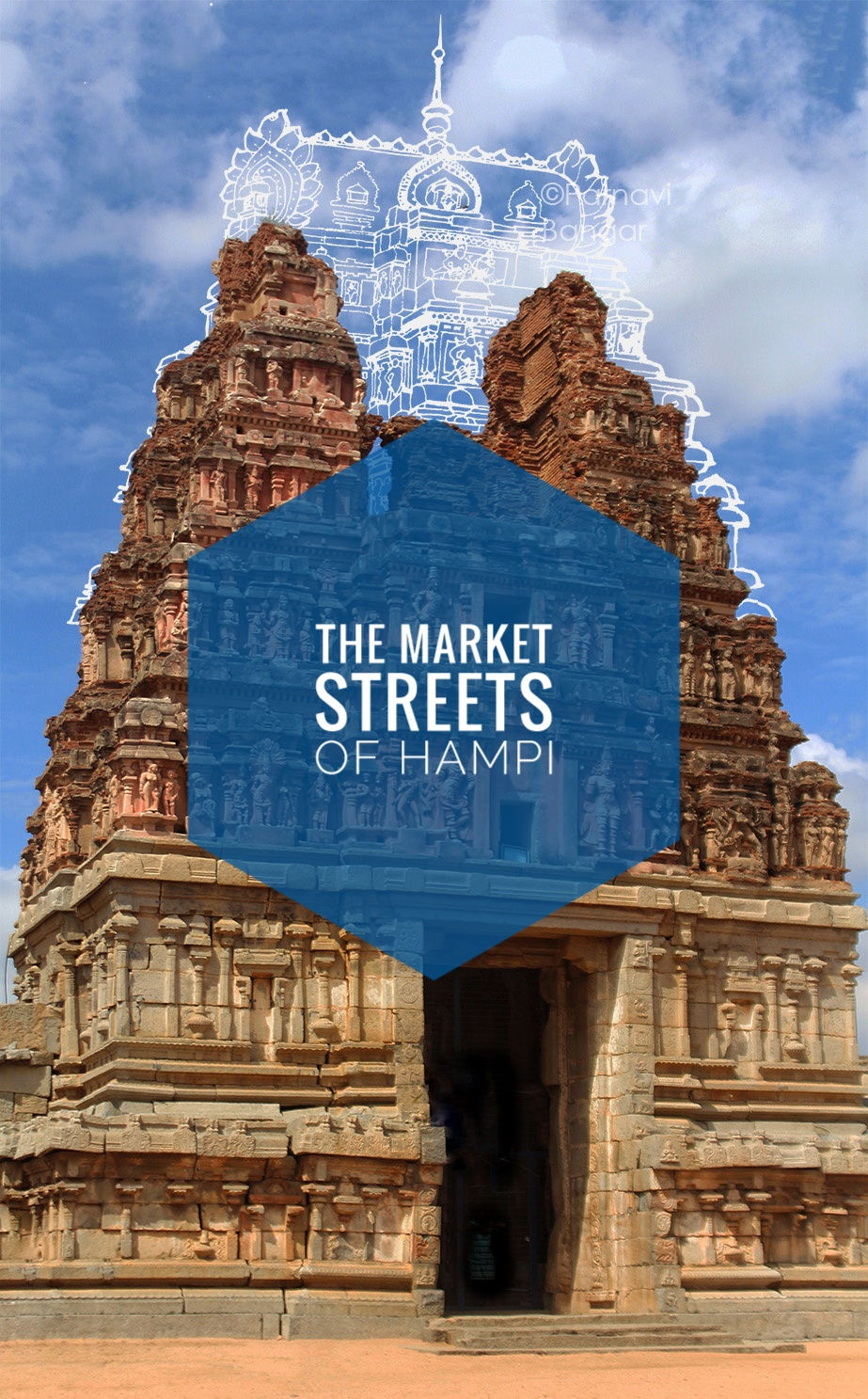Raigad: The Story, The Emotion.
- Reminiscing History
- Jul 19
- 4 min read
Updated: Jul 20
By Rohan Rajendra Benodekar
This was a time when Swarajya’s great tree was just a sapling. To establish Hindavi Swarajya, Shivaji Maharaj liberated twelve Maval regions near Pune and brought them under his rule. The neighboring Javali region belonged to the Morey. The Morey, who proudly bore the hereditary title 'Chandra Rao,' were vassals of the Adil shah. When the Morey, believing themselves to be allies, did not come under the rule of Swarajya and instead showed arrogance and sheltered criminals of the Swarajya, Shivaji Maharaj attacked Javali and seized it. After this famous battle, the Morey went to their fort at Rairi, which was under their control in Konkan. Shivaji Maharaj laid siege to this fort and captured it. Since then (around April 1656), Rairi came under Swarajya.
The Rairi was a tremendously tall and formidable fort. It was a direct highway for traveling to Konkan, Deccan and Western Maharashtra. Moreover, it was close to the sea. This means Rairi’s power was rooted in control over many mountains passes and transportation routes. This fort, built on a narrow ridge, was very high and difficult to climb. The fort was suitable for the Shiva of Sahyadri, just like the Kailas!

Even Shivaji Maharaj must have had thoughts when seeing Rairi, like,
"This fort should be the seat of Throne..."
Shivaji Maharaj named Rairi as 'Raigad'.
Next, Maharaj's relentless campaign continued. At Panhala, he skillfully outmaneuvered Siddi Jauhar and escaped from the siege. After defeating Shaista Khan, Maharaj shook the foundations of the Mughals. He raided Aurangzeb’s favorite gold mine in Surat and made it look Badsurat. When he went to meet the Mughal emperor in Agra and was placed under house arrest, Maharaj managed to return to his country by outmaneuvering the emperor Aurangzeb himself!
However, Maharaj had long before taken note that the construction of Raigad would continue, irrespective of any of his military campaigns. When Maharaj visited Raigad after many years, the fort’s construction had been completed by the expert civil engineer and architect Hiroji Indulkar.

At the foot of the fort, in Pachad, there was a Wada, a sturdy walled enclosure with two watchtowers and a strong rampart. It was here that Rajmata Jija Bai spent most of her later years. Her samadhi, memorial, is also located at this very site.
The imposing fort, touching the sky, was visible from Pachad. Since the ascent was from the western side, it remained mostly shaded, providing cool refuge during the climb. Maharaj carefully made his way through a small gate, beginning the ascent.
As he passed through multiple gates, his eyes caught hold of the vibrant display of flowers blooming beneath the smaller entrances—an unmissable sight amidst the journey. In some sections, the path had been directly carved out of the rock, while in others, stairs had been excavated. Grain storages were concealed deep within the heart of the cliff.
On one side of the climb, there was a sheer cliff that made the eyes dizzy with its vertiginous height, while on the other side stretched a rocky slope reaching all the way to the blue sky. Between these two treacherous paths, a narrow, winding trail meandered—an inviting yet daring route that filled the heart with a strange sense of peace.
Maharaj and his companions reached the grand gateway, the Mahadarwaja. As they approached, Maharaj realized that the path was so difficult to climb that even if anyhow the enemy forces managed to climb it, they would not even have any strength left to fight any battle. Moreover, this was the only route leading up to the fort, making it difficult for the enemy to reach fort from anywhere else.
When Maharaj arrived at the top of the fort, even at noon, there was a cool and soothing breeze. As he stepped through the main gate, a pond was built, big enough for the royal elephants to bathe and cool down. Beyond that, the vast lake named Gangasagar stretched out in tranquil silence, its mirror-like surface reflecting the fortress’s grandeur deep within its heart.
Maharaj further advanced to visit the goldsmith's workshop, the treasury, and the officials' offices. After crossing the northern gateway, he arrived at an open plateau. From there, the vast expanse of the Sahyadri mountains and the land stretched out beautifully into the distance.
In the center of the fortress stood a magnificent royal court, the Rajsadar, that would befit an emperor. In front of the grand building of the Rajsadar was a tall, soaring bell tower, the Nagarkhana. Between Nagarkhana and the Rajsadar was a spacious square.
Next, Maharaj visited his royal palace, the residence of the ministers, the grand decorated marketplace, the stable, the gunpowder store, and the Jagdishwar Temple.
In one corner of the fort, there was Takmak Tok (a high point). This was the execution site. From there, the village of Nizampur could be seen, resembling a nest.
After inspecting the good locations on the plateau of fort, houses were built for the ministers, courtiers, and the Brahmins.
With a large settlement, a grand marketplace, and the spacious royal court, Raigad was to gain fame as the 'Capital of Swarajya'.
Raigad had become a Kailas for the Shiva of Sahyadri, that would adorn the Sahyadri range.
In a short period, on the auspicious Thirteenth moon day (Shuddha Trayodashi) of the Jyeshta month, in the year Shaka 1596, Shivaji Maharaj was coronated as the first Chhatrapati of the Hindavi Swarajya on this sacred fort.
From this point onwards, a new turn was taken in Indian history; the dark night of foreign invasions ended, and Raigad was itched as an unchallenged pilgrimage site in the history of Maharashtra..
Other books by Rohan Rajendra Benodekar:
(Waghnakh - Kille Pratapgad Yuddhavaril Kadambari)
Have a story you want to share?
Tap on the link below to tell us your stories and insights about monuments and heritage. Let's collaborate on spreading the word about our history.























Comments